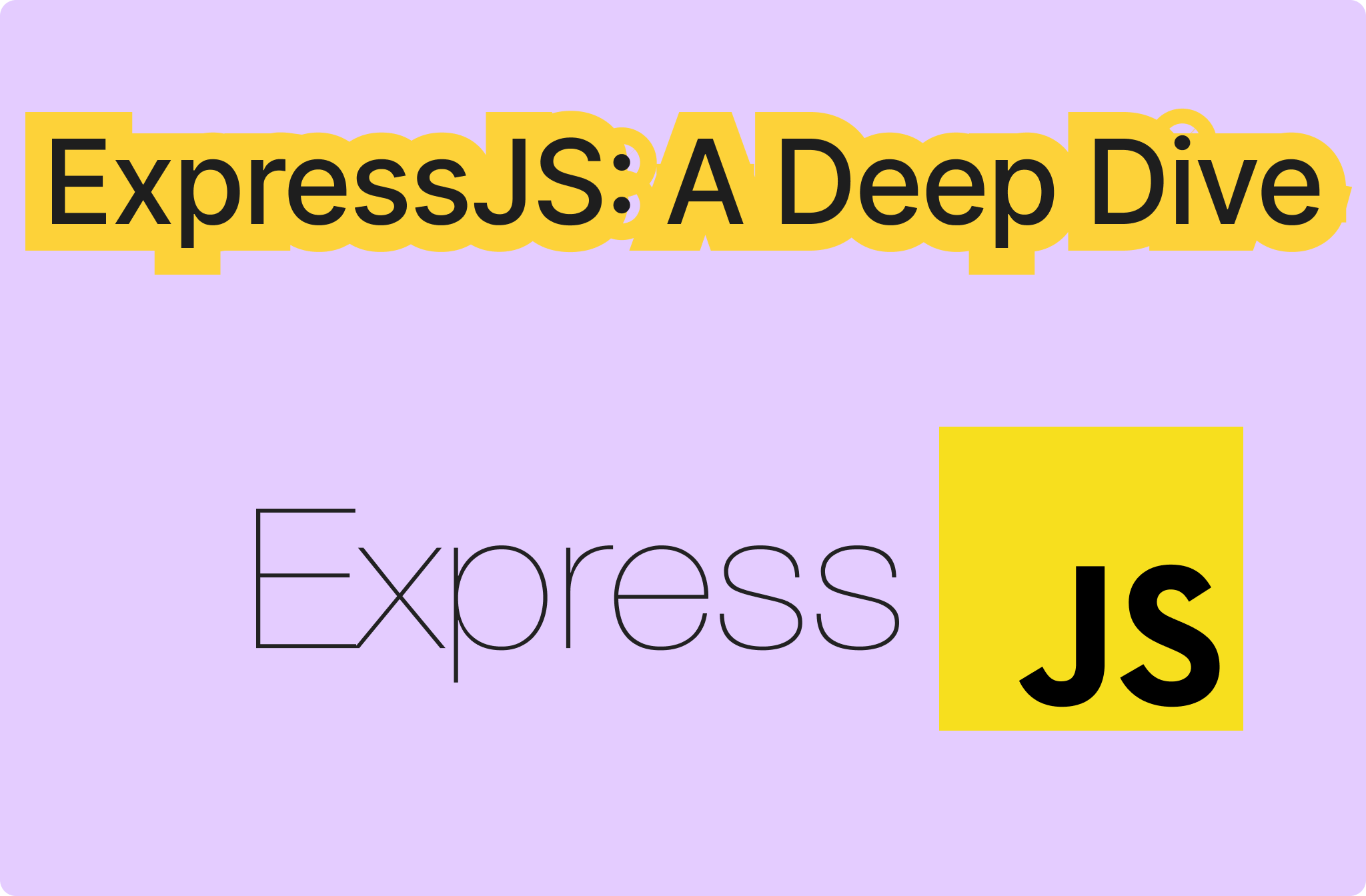63 個專案實戰,寫出作品集,讓面試官眼前一亮!
上次撈到了商品資料 這次嘗試把加購的商品,連同主商品一起送出 先不實作動態撈加購 id 就先放一個實際商品 id 做測試 --- 這功能乍聽之下簡單,實際上做起來非常複雜 以預設的 theme Dawn 來說 購物車有三種模式 drawer, page, popu...
作為軟體開發人員,我們夢想著輕鬆編碼,將複雜的問題轉化為優雅而高效的解決方案。 然而,軟體開發是一個複雜的過程,即使對於最有經驗的開發人員來說,編寫多行無錯誤的程式碼也是一項挑戰。 因此,結對程式設計(兩個程式設計師同時工作並互相提供回饋)在軟體開發中很流行。 傳統上,一個程式...
*原文發表於[Medium](https://tapajyoti-bose.medium.com/)* **React**是**2025 年前端開發人員**最需要的技能之一。如果您正在準備**2025 年**的**React**開發人員面試,那麼掌握最新的最佳實踐、模式和概念至關重要。 ...
Docker 已經成長了。你? 回顧 2015 年,Docker 還很新穎。您可能使用類似以下命令執行了第一個容器: ``` docker run -it ubuntu bash ``` 你感覺自己很強。您在容器內安裝了 Vim。甚至可能是 Node.js。您沒有使用`.doc...
自動化測試有時會給開發人員帶來很大的麻煩,因為設定緩慢、測試不牢靠且工具無法正常擴展。 即使無程式碼工具也不像看起來那麼簡單。但是如果有一種方法可以讓測驗變得更聰明、更容易呢? 今天,我們將介紹開發人員在測試期間面臨的 12 個常見問題以及 KaneAI(GenAI 原生測試代理)如何協...
我曾經是將 TypeScript 推向**每個**專案的開發人員。後端? TypeScript。前端? TypeScript。一個五分鐘的腳本來自動重命名檔案?是的,甚至如此。這似乎是正確的舉措——畢竟,靜態類型讓一切變得更好,對吧? 嗯,並非總是如此。 多年來,我一直強迫自己將 Typ...
JavaScript 總是不斷在改變。有些模式持續存在,有些模式會逐漸消失,有些模式會演變成我們從未見過的東西。 以下是 JavaScript 模式的**細分**。 ### 1.**模式匹配(早期提案階段,但很有前景)** 想想`switch`語句——但要更好。模式匹配受到 Has...
您是否曾註意到網頁在執行繁重任務時會凍結?發生這種情況是因為 JavaScript 預設在單執行緒上執行,導致了糟糕的使用者體驗。使用者無法交互,必須等到任務完成。這個問題可以透過使用 Web Worker 來解決。在本文中,我們將透過建立圖像壓縮應用程式,討論什麼是 Web Worker、為什麼它...
歡迎來到高級 JavaScript 的世界!無論您是希望提高技能的經驗豐富的開發人員,還是渴望深入了解 JavaScript 複雜性的愛好者,本部落格旨在啟發和教育您。讓我們探索 20 個高級 JavaScript 技巧,這些技巧不僅可以增強您的編碼能力,還可以在您發現優化程式碼的新穎且令人興奮的方...
大家好!在本文中我將描述建立 Gallery 應用程式的過程。您可以放心地使用此應用程式並按您的意願進行編輯(您只能在那裡更改圖片,因為有許可證)。雖然功能不多,但是我認為,它非常適合用作工作範例。 💻 該應用程式是什麼樣的,它的功能是什麼? --------------------- ...
借助 Node.js 中的最新功能和工具,建立現代 TypeScript 專案從未如此簡單或令人興奮。本指南將向您展示如何利用最新的 Node.js 功能來建立輕量級高效的開發工作流程。 為什麼選擇這種設定? ---------- 此設定透過利用以下內容強調簡單性,本機功能和最小依賴性...
無論您是剛剛入門還是正在建立實際應用程式,開源工具都是開發人員的必備工具。它們使開發過程更加順暢、更快且更具協作性。 有這麼多可用的選項,找到適合工作的工具比以往任何時候都容易。 在本文中,我將向您介紹 5 個供後端開發人員在 2025 年使用的開源工具。 有些是新的,有些已經存在...
2025 年將是人工智慧應用年,它將改變我們建構和使用技術的方式。 從更智慧的工具到強大的框架,科技世界正在快速變化,人工智慧正在大幅改變事物。 今天,我們將看看用於建立 AI 應用程式的前 22 個工具和開源框架,以及最後的獎勵清單。 讓我們跳進去吧。 --- 🎯 什...
[](https://leapcell.io/?lc_t=d_js) Express 是 Node.js 中極為常...
嘿,開發人員! 因此,我最近一直致力於一些以 SEO 為重點的專案,我想我應該向 Next.js 開發人員分享一些我在這一過程中學到的最佳實踐和策略。 --- Next.js 2025 年 SEO 檢查表 ---------------------- **目錄** -...
2024 年是瘋狂的一年,圍繞著人工智慧和軟體開發發生了很多事情。我相信到 2025 年這只會變得更加有趣。 Javascript 仍然是全球開發者建立可投入生產的應用程式的首選,並且到 2025 年仍將如此。 因此,我收集了 25 個儲存庫,它們在 2024 年顯示出巨大潛力,並且肯定...
如果您正在深入研究 Web 基礎架構的世界,您可能聽說過負載平衡。它就像網路的交通警察,確保所有這些資料請求到達正確的位置而不會造成堵塞。在本文中,我們將詳細介紹一些流行的負載平衡技術,並向您展示如何使用 NGINX 進行設定。在評論中分享您最喜歡的負載平衡策略,並告訴我們它如何幫助解決您的問題。 ...
在整體前端架構中,單一程式碼庫處理整個使用者介面。雖然這可以簡化初始開發,但隨著應用程式的成長,它可能會變得複雜: - 擴展:在單一儲存庫中工作的大型團隊可能會面臨合併衝突、較慢的 CI/CD 管道以及依賴關係的困難 - 獨立性:有時處理共享的事情會影響其他團隊 - 彈性:失敗可能...
CSS 剛剛有了一個新標誌。它的顏色是`rebeccapurple` ,一種特殊的顏色,有一個你可能不知道的故事。 `rebeccapurple`的故事 ------------------ `rebeccapurple`這個名字代表了 Web 開發社群中的一個悲傷故事。該顏色 ( `...
# 10 個我希望早知道的 Git 知識 Git 是一個強大的版本控制工具,但在剛開始使用時可能會感到不知所措。作為初學者,我犯了許多錯誤,但隨著時間的推移,我意識到有一些基本命令、概念和最佳實踐是我希望早點學會的。在這份指南中,我將一步步帶你了解十個關鍵的 Git 教訓,深入淺出地解釋,讓任...
精選技術文章、免費程式設計資源、以及業界重要新聞!
也歡迎訂閱 YouTube 頻道,觀看每週二晚間的《CodeLove Talk》直播節目,一起討論軟體開發相關的話題!